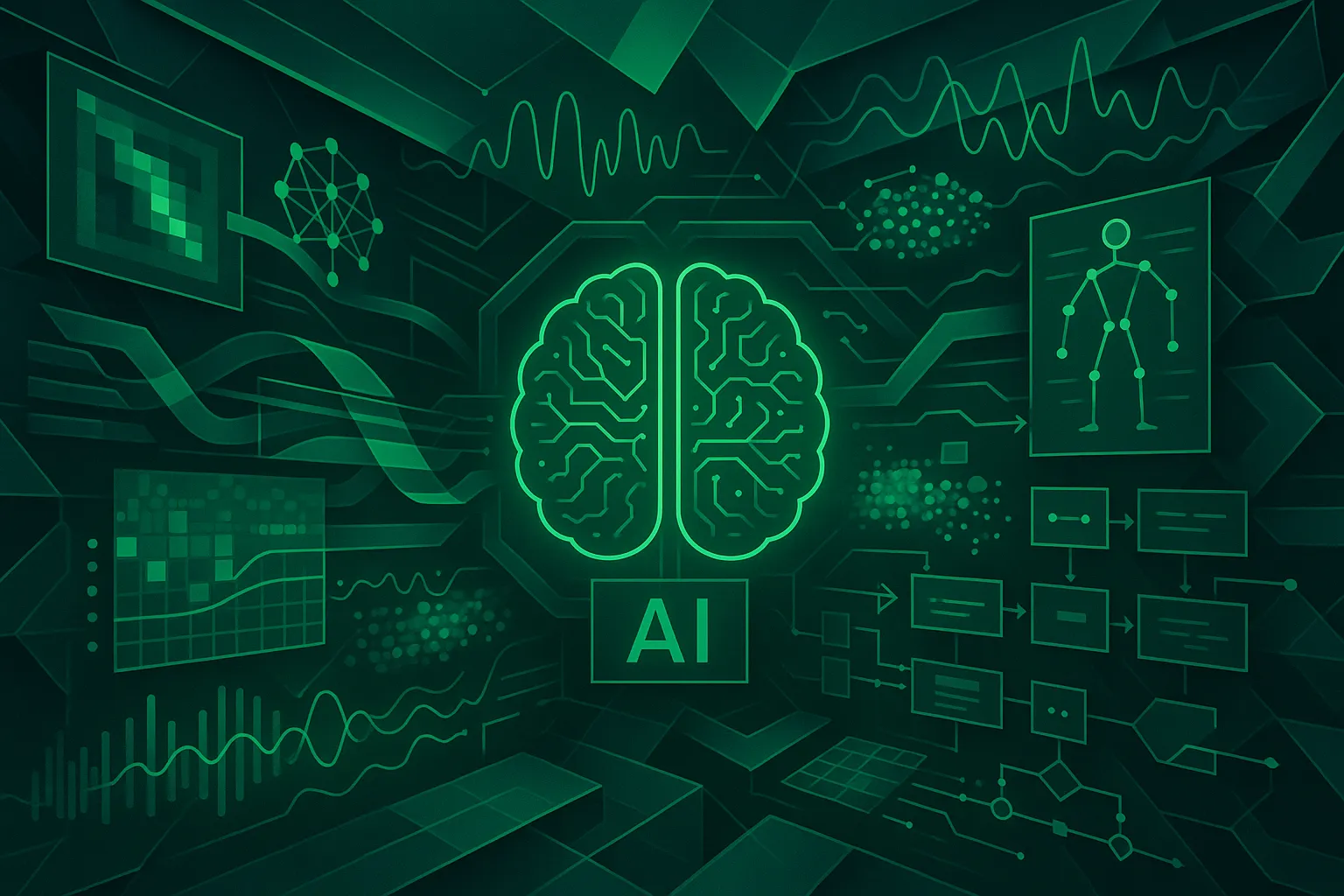
2025-01-23T04:00:00+00:00
As the world gears up for a tech-driven future, Generative AI emerges as a groundbreaking force poised to transform artificial intelligence by 2025. This article delves deep into the transformative power of generative AI, the expected landscape of AI advancements by 2025, and its vast implications across diverse sectors.
Generative AI models are intelligent systems designed to create brand-new content by deciphering and extending patterns from existing datasets. While conventional AI focuses on pattern recognition and forecasting, generative AI steps into the creative realm, fabricating images, prose, audio, and more. Central frameworks include Variational Autoencoders (VAEs), Generative Adversarial Networks (GANs), diffusion models, transformers, and Neural Radiance Fields (NeRFs).
Variational Autoencoders (VAEs): Imperative in high-level image and video processing, VAEs can craft visuals that, while occasionally blurry, serve advanced imaging applications.
Generative Adversarial Networks (GANs): Creators of hyper-realistic images and videos, GANs have birthed innovations ranging from gaming aesthetics to deepfake media. Issues such as mode collapse remain challenges in their application.
Transformers: The core of numerous text-centric AI solutions, transformers excel in processing and interpreting natural language. Systems like GPT-4 epitomize their massive linguistic capabilities.
Diffusion Models: These models can morph noise into coherent visuals, showcased by platforms like DALL-E 2, highlighting AI’s artistic and design expertise.
Neural Radiance Fields (NeRFs): Groundbreaking for 3D depictions, NeRFs transform 2D snapshots into detailed three-dimensional renderings, vital for VR and robotic advancements.
By the year 2025, the realm of generative AI is set to revolutionize content creation and elevate experiences across numerous industries. With widespread adoption, sectors such as pharmaceuticals and media are poised to see surges in productivity, cost-efficiency, and expedited R&D.
Generative AI models are at the forefront of transformation across varied domains:
These applications manifest the versatility and expansive reach of generative models across both established and nascent industry sectors. However, this potential brings with it significant ethical responsibilities.
As generative AI's capabilities expand, ethical dilemmas inevitably arise. From data privacy threats to the alarming rise of deepfake technology, harnessing AI’s power responsibly is crucial. Implementing frameworks emphasizing transparency, privacy, and security is integral to leveraging AI's potential ethically.
As we find ourselves at the brink of a generative AI boom in 2025, these models promise to redefine technological interactions and reshape the creative landscape. Challenges persist, yet the strides in AI herald a future rich in possibilities where human innovation melds with machine-driven creativity. Fascinated by the future these advancements paint? Perhaps you’d like to explore further how these technologies could redefine your industry. Consider sharing insights with peers or diving deeper into the revolutionary prospects of generative AI.